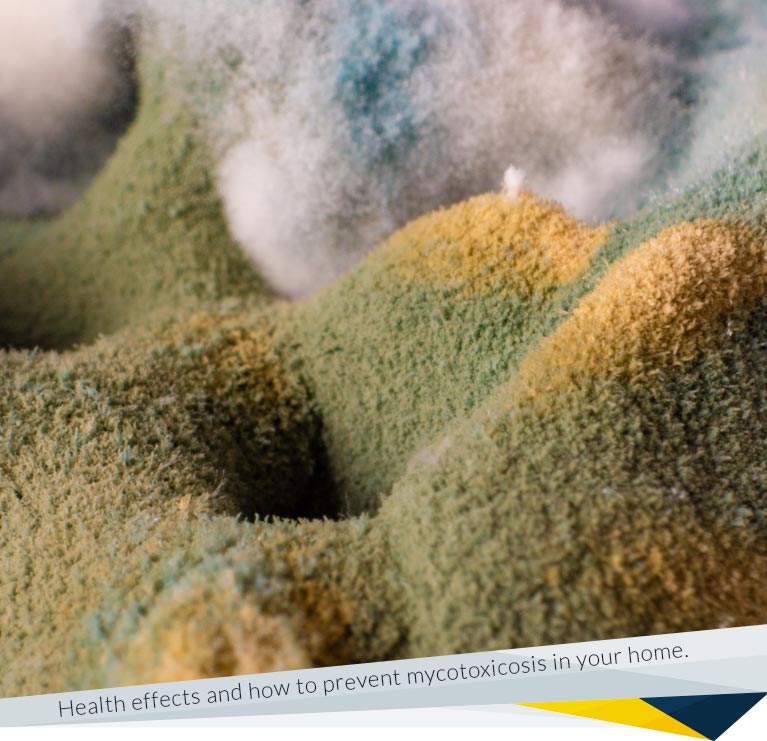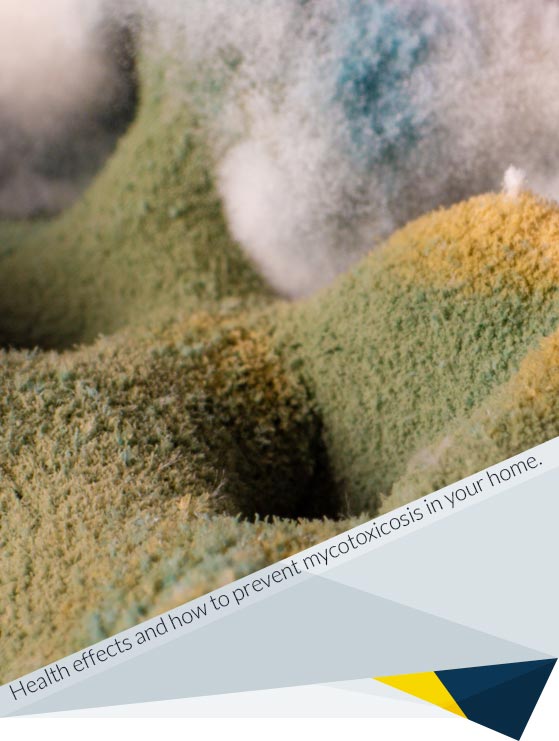
One of the reasons you should keep your property mold-free is that they produce mycotoxins. Some mold types that grow on damp surfaces and foodstuffs generate this toxic substance.
These mycotoxins cause cognitive impairment, emotional disturbance, respiratory complications, muscle aches, and other symptoms. The symptoms can be mild or acute, causing severe health issues when not attended to.
So, what are mycotoxins? How are they produced? Let's dive in for detailed information, including their health effects and how to prevent mold-related mycotoxins in your home.
According to World Health Organization (WHO), mycotoxins are naturally occurring toxins produced by some mold types mostly found in foodstuffs before or after harvest. These include cereals, nuts, spices, apples, coffee, and dried fruits stored under warm and humid conditions favoring mold growth. But mold can also grow inside and outside buildings almost on all materials used on walls, ceilings, or floors.
Mycotoxins are chemically stable. This means they don't get destroyed by different food processing techniques. Once the foodstuff is infected, the remedy is often to safely discard the produce.
Exposure to mycotoxins leads to mycotoxicosis in humans. It is an acute and chronic health problem. You can get poisoned through ingestion, inhalation, or body contact. Strangely, mycotoxins are also toxic to livestock.
But what are examples of mycotoxins? Scientists and researchers have identified hundreds of mycotoxin types. However, the most common and toxic ones include aflatoxins, fumonisins, ochratoxin A, patulin, zearalenone, and Stachybotrys chartarum mycotoxin. These can poison both humans and animals.

As mentioned, mycotoxins are commonly found in food and indoor air of infested buildings. But how are they produced, and what favors their production?
Mycotoxins are secondary metabolites produced by some fungi species belonging to genera Aspergillus, Penicillium, Fusarium, Byssochlamys, Alternaria, etc. These toxins can contaminate raw materials and products at any stage in the food chain.
The presence of mycotoxins is influenced by many factors. It all starts with mold invasion and colonization, leading to mycotoxin production. This implies any conditions that favor the growth of mold and other fungi will consequently lead to the accumulation of this toxic compound.
The two main factors that favor the growth of mold and mycotoxins are temperature and humidity. Mycotoxins from mold often occur at an optimum temperature range from 68 to 86°F. This often occurs within areas experiencing warm climates and in water-damaged properties.
Scientists have identified different types of mycotoxins. The list of mycotoxins consists of hundreds of these toxic compounds, but some are more prevalent and toxic than others.
The types of mycotoxins depend on the fungal species or mold that causes it. Categories of mycotoxins are numerous and some of them are the following: Aflatoxins, Alternaria toxins, Emerging fusarium mycotoxins, Ergot alkaloids, Fumonisins, Ochratoxins, Patulin, Sterigmatocystin, Trichothecenes, Zearalenone, Fusarins, Atranone, Macrocyclic trichothecene, 2α-Acetoxystachybotrydial acetate, Satratoxin, Stachybotrychromene, Stachybotrylactam, Black mycotoxins, etc.
The most common indoor mold types that cause allergic reactions include Alternaria, aspergillus, Cladosporium, and Penicillium. These allergies can manifest as nasal congestion, watery eyes, cough, etc.
Prolonged exposure to indoor mold mycotoxins can lead to the following health issues:
As the name implies, black mold mycotoxins are produced by black mold. And the term black mold refers to a blanket name that refers to different fungi. It is often used to refer to Stachybotrys chartarum, a type of mold most common in water-damaged buildings. They grow on damp surfaces.
However, black mold can also refer to Rhizopus stolonifer. This is a type of mold that commonly grows on bread surfaces and propagates through thread-like mucoralean.
WebMed states that black mold grows on cotton, wood, and paper products if the relative humidity and temperature are favorable. Mold also needs a food source and oxygen supply to thrive. Black mold produces mycotoxins that spread through their spores and fungi fragments suspended in the air.
Some black mold mycotoxins symptoms in humans include allergies, asthma, and hypersensitivities. Others also claim they cause fatigue, memory loss, headache, and inability to maintain focus.
But how do you know you have been exposed to black mold? The symptoms vary from person to person, but the most common black mold exposure symptoms include the following:
Look for the following signs if you suspect your property is contaminated:
Mold mycotoxins have acute and chronic health concerns often characterized by carcinogenic, mutagenic, hepatotoxic, nephrotoxic, genotoxic, and/or biotoxicological elements. Aflatoxin mycotoxin is the most toxic compound linked to many health problems, including liver cancer. Mycotoxicosis in humans can also be caused by citrinin, fumonisins, ochratoxin A, patulin, trichothecenes, zearalenone, and ergot alkaloids.
Mycotoxins' health risks range from acute poisoning to long-term immunosuppression. Once mycotoxins enter the human body, they inhibit protein synthesis and particle clearance in the lung. They damage the macrophage system. Macrophages are white blood cells of the immune system that destroy pathogens or foreign substances without the protein structure specific to healthy body cells.
With a weakened immunity, the body cannot defend itself from harmful invaders. And apart from immunodeficiency, mycotoxicosis in humans also includes cancer.
According to an article in Journal of Toxicology: Clinical Toxicology, mycotoxins illness depends on the mycotoxin type that causes it. It focuses on ingestion-related mycotoxicosis in humans caused by aflatoxins and other mycotoxins. The article explains pulmonary, neurologic, immunologic, and hematologic toxicity, cancer, and other diseases caused by mycotoxins.
In summary, the health risks of mold mycotoxins from food include the following:
The best mycotoxins treatment is to prevent their occurrence in the first place. Many techniques to do this exist, one of which is physical control. This involves getting rid of mold and removing generalized dirt from your property. You can consider mold remediation services if your property has been affected by flood recently or if you have symptoms of black mold exposure listed in this article. Contact our professionals to prevent the risk of causing further contamination.
Prevention of mycotoxicosis is the first step in reducing health risks associated with these toxic compounds. You can be precautious when handling cereals and other foodstuffs and keeping your home mold-free, which includes doing the following:
Lastly, consider mold remediation services whenever you suspect mold contamination in your home. This can be challenging for beginners because of the complex steps and safety standards involved. FDP Mold Remediation has a team of professionals always at your service and will expertly make your property mold-free. Reach out now for a timely response.



